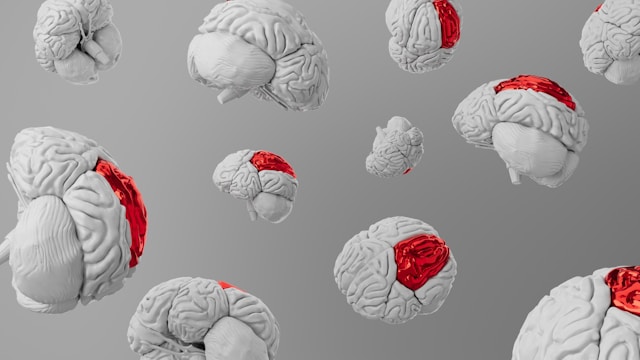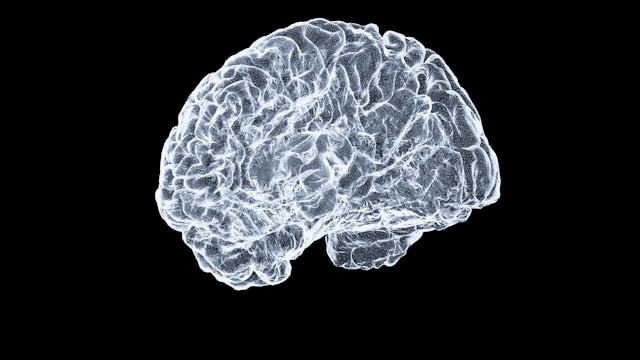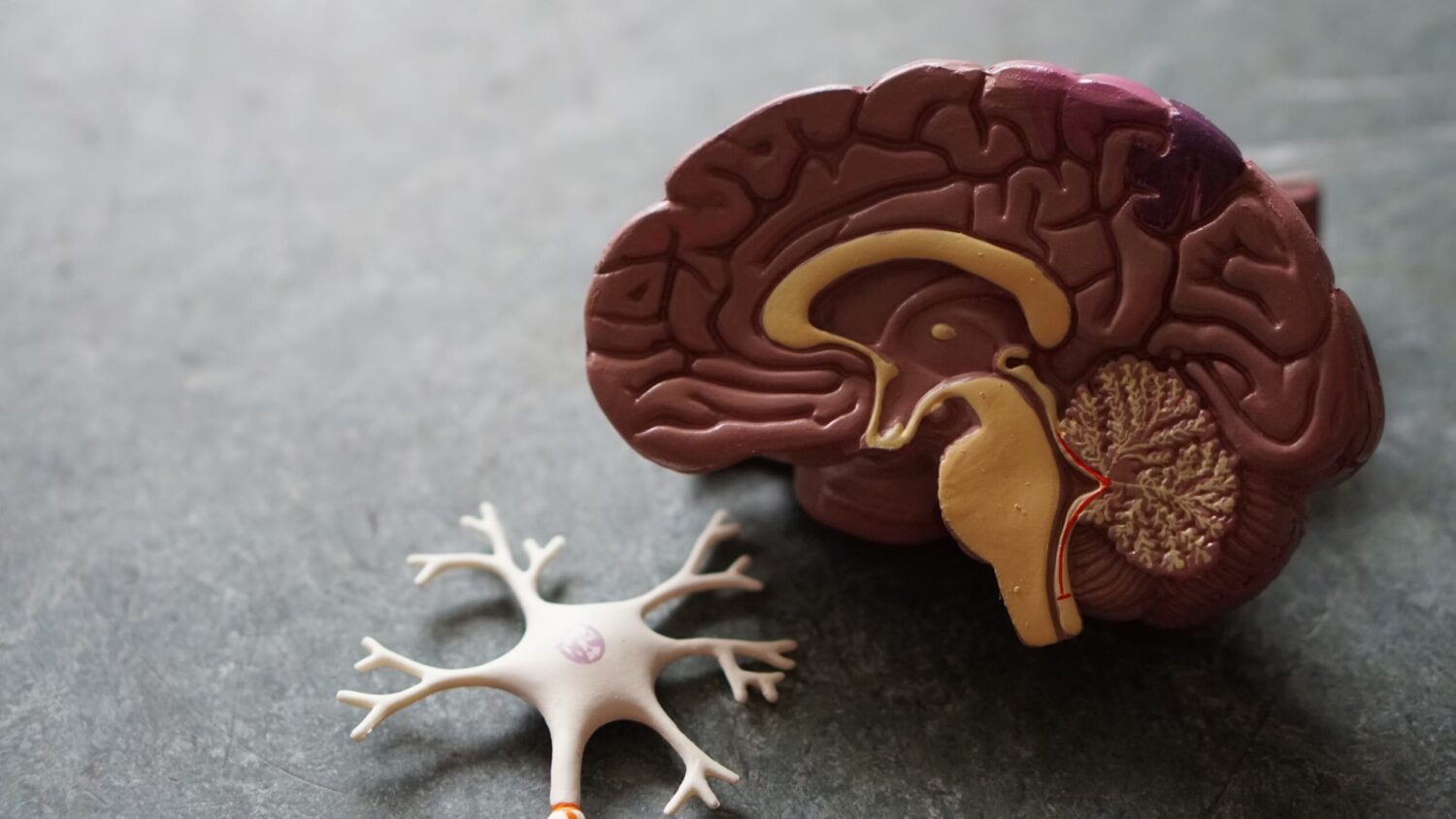Authors:
Belkin V.A., Vasilchenko I.E., Belkin A.A.
The dynamics of domains of emotional-cognitive and motor disorders in the structure of the PIT syndrome in patients who have undergone acute cerebral failure
Place of publication: physical and rehabilitation medicine, medical rehabilitation / vol. 6, No. 4, 2024
Autonomous non -profit organization "Clinical Institute of the Brain", Berezovsky, Russia
Annotation
justification. The study of the use of pharmacotherapy as an adjuvant component of rehabilitation of patients with acute cerebral failure is of scientific and practical interest.
The purpose of the study is to study the effectiveness and safety of consistent therapy with the drugs of the group for the treatment of diseases of the nervous system in a comprehensive rehabilitation program for patients with acute cerebral failure in the aspect of the impact on the severity of emotional and cognitive disorders, mobility, the severity of the syndrome of the consequences of intensive care and the implementation of their rehabilitation potential.
Materials and methods . The randomized intervention prospective study of 60 patients with acute cerebral failure, divided into 2 groups, included five visits. Patients of the main group received standard therapy and the drug ethyl hydroxypyridine serpentine (intravenously 500 mg/day, 10 days),
then ethylmethylhydroxypirinate of the forte 250 (1 tablet 3 times/day, 8 weeks); Patients of the control group during the same period received only standard therapy.
Results. Both groups noted a comparable improvement in cognitive functions on the Mosa scale (p <0.001). The statistically significant superiority in reducing the level of anxiety on the HADS scale is shown on visit 4 in the main group compared to the control: 2 [1; 4] and 5 [2.25; 7] points, respectively (p <0.01). A significant increase in the Rivermide index in both groups at all stages of the study (p <0.001) was determined in excess of the value of the median in the main group by 3 points compared to the control for visit 5 (p <0.001). The tendency to the superiority of the main group over the control in terms of the life of the rehabilitation routing scale (SRM; p = 0.053) was combined with statistically significantly smaller number of disabled patients (≥3 points for scraps) than in the control group, to visits 5 (χ2 Yates = 4; P = 0.045). In patients of both groups, the consequences syndrome were determined by the intensive care therapy of a slight severity with a tendency to reduce the number of patients from the 3rd to the 5th visit in the main group compared to the control (χ2 Yates = 3.491; p = 0.062). At the visit 5, the relationship of indicators on the scrap scale and the Rivermide index in patients of both groups (P <0.05) and the SPRM and MOCA scales in patients of the main group (P <0.01) is established. No undesirable phenomena for the period of research were not noted.
Conclusion. The positive effect of sequential therapy of the group’s drugs for the treatment of diseases of the nervous system in the complex rehabilitation program of patients with acute cerebral deficiency on the state of their emotional-cognitive status, the degree of disability, mobility, the severity of the consequences of intensive care and rehabilitation prognosis was demonstrated. A high degree of safety of the study scheme of therapy has been proved.
Key words: acute cerebral failure; ethylmethylhydroxypyridine succinate; Hads; Moca; MRC; Rivermide index; Scrap; intensive care syndrome; Pits; Rehabilitation potential.
How to quote:
Belkin V.A., Vasilchenko I.E., Belkin A.A. The dynamics of domains of emotional-cognitive and motor disorders in the structure of PIT syndrome
in patients who have undergone acute cerebral failure //
Actual
Actual
THE INFORMATION IS INTENDED FOR HEALTHCARE AND PHARMACEUTICAL PROFESSIONALS. THIS INFORMATION IS NOT INTENDED AS A SUBSTITUTE FOR MEDICAL ADVICE.
Source of photos and images Shutterstock.com








